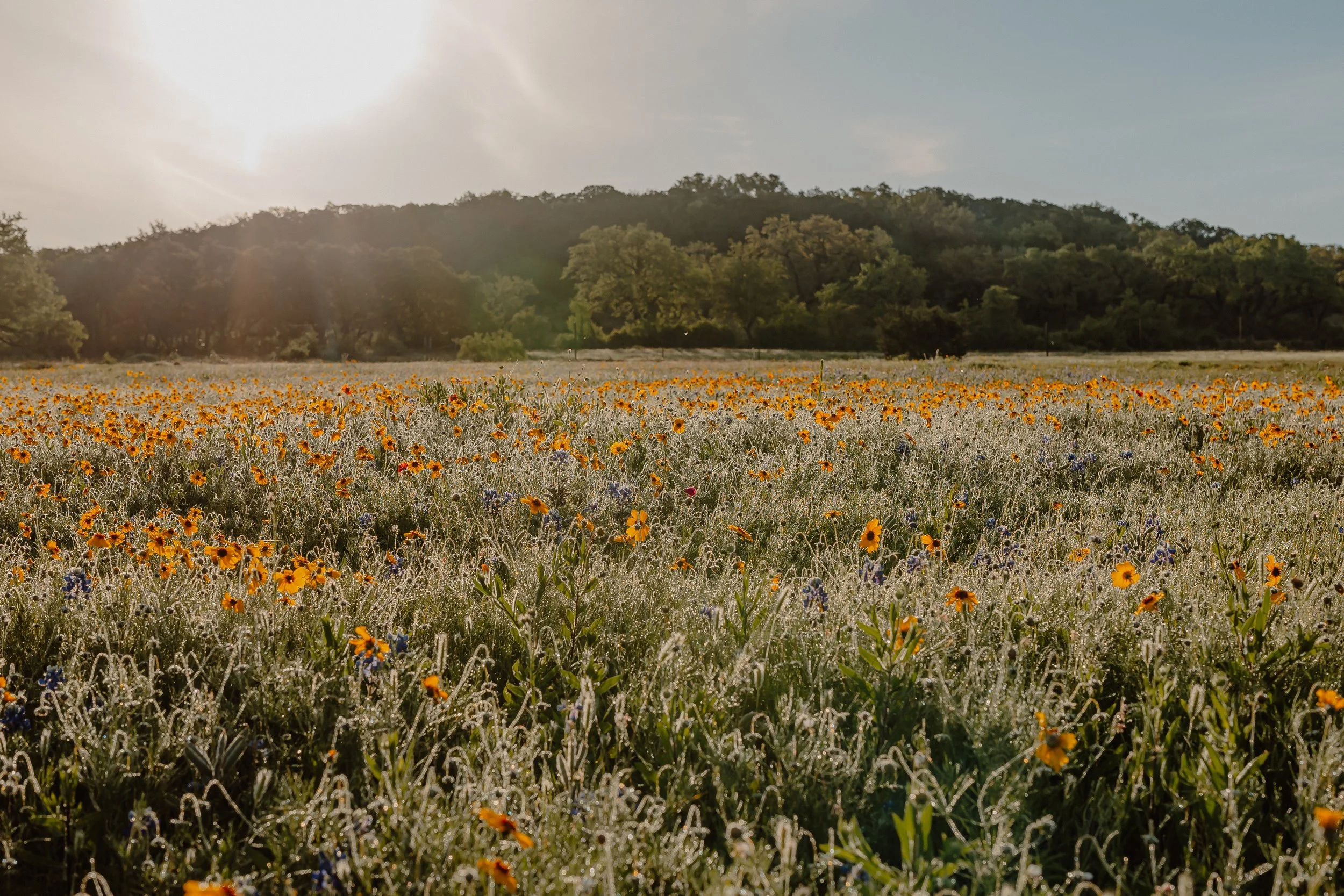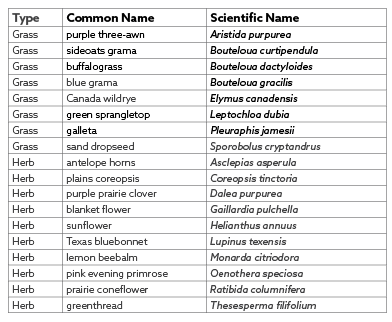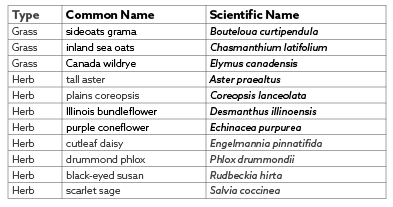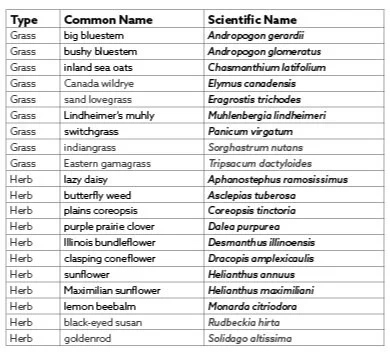NATIVE PLANTING
PURPOSE
To increase biodiversity, create pollinator habitat, restore soils, increase shade, and improve woodland health.
Ensure invasive species do not repopulate an area where they have been recently removed
Planting jumpstarts the restoration process by getting plants established faster and can provide a competitive advantage to plants in an area that could be overrun by invasive species.
SAFETY
Be aware of snakes, scorpions, or fire ants that may be living under rocks or logs.
Use sharp tools responsibly.
Stay aware of fellow workers to avoid hitting them with brush or tools.
Poison ivy is a common understory plant in many areas of the park. Avoid coming in contact with any part of this plant. Wear long sleeves and pants to avoid skin contact.
gloves
long-sleeved shirts and pants recommended
soap and/or lotion for poison ivy treatment
rake
native plants from a reputable source
MATERIALS
METHODS
Identify the planting area. Prioritize areas of recently-removed invasive species, thin vegetation, bare soil, eroded slopes, low plant diversity, or high visibility.
Schedule planting. Most live planting should occur from November to February to allow plants to establish before the heat of the summer.
Source plant material. Species should be native to the area and suited to the water and light conditons. Plants should be the smallest size suitable for the circumstances.
Establish clear boundaries with fences, rocks, logs, brush, or biodegradable straw logs (also called mulch socks or straw wattles) that are durable and deter foot traffic.
Do not remove native plants.
Arrange plants, considering their mature size and assume 50-75% survival.
Ensure holes for planting are twice as wide as the plant’s container and the plant is planted to full depth, flush with the soil surface.
Plant plants and fill hole with excavated soil. Ensure soil around the plant is firm and without voids.
Water plants immediately after planting.
Container plantings should be mulched with a 3 to 6” layer of single-grind wood mulch. Take care to not bury container plants with mulch. This may be sourced locally and should be free of trash and invasive species.
Plan for maintenance. Long-term success requires that the new plants have sufficient water, are not being outcompeted by invasive species, and are not impacted by erosion issues.
NATIVE TEXAS SPECIES SUITABLE FOR RESTORATION
Includes species suitable for methods such as seeding, container planting, and live staking.
UPLAND FULL SUN SPECIES
UPLAND SHADE-DAPPLED SPECIES
MODERATE TO HIGH MOISTURE SPECIES
Approved Seed Vendors:
Native American Seed
Douglas King Seed
Turner Seed
For more approved seed mixes, reference Unified Stewardship Plan or City of Austin Standard Specification Manual 609S Native Seeding and Planting for Restoration







